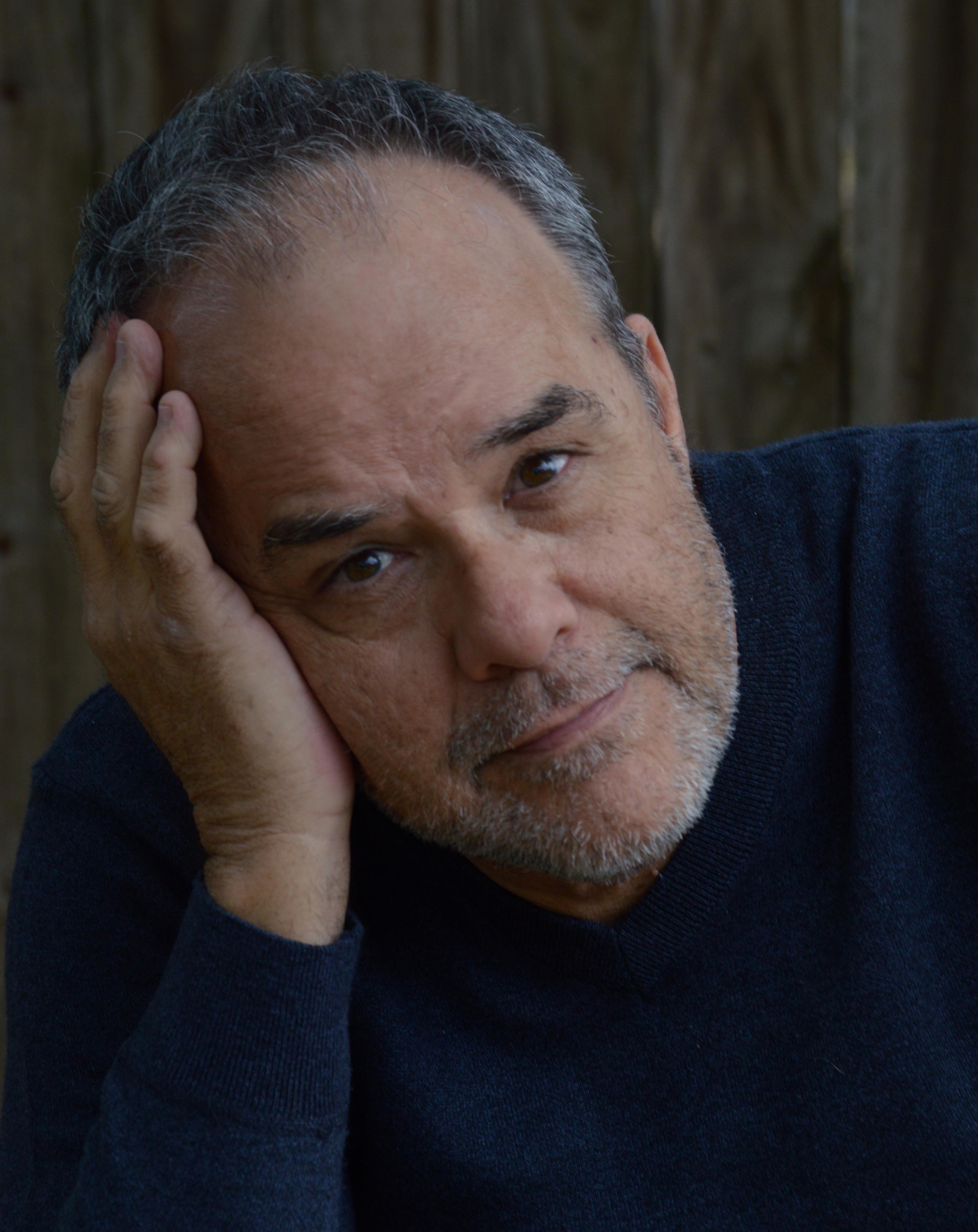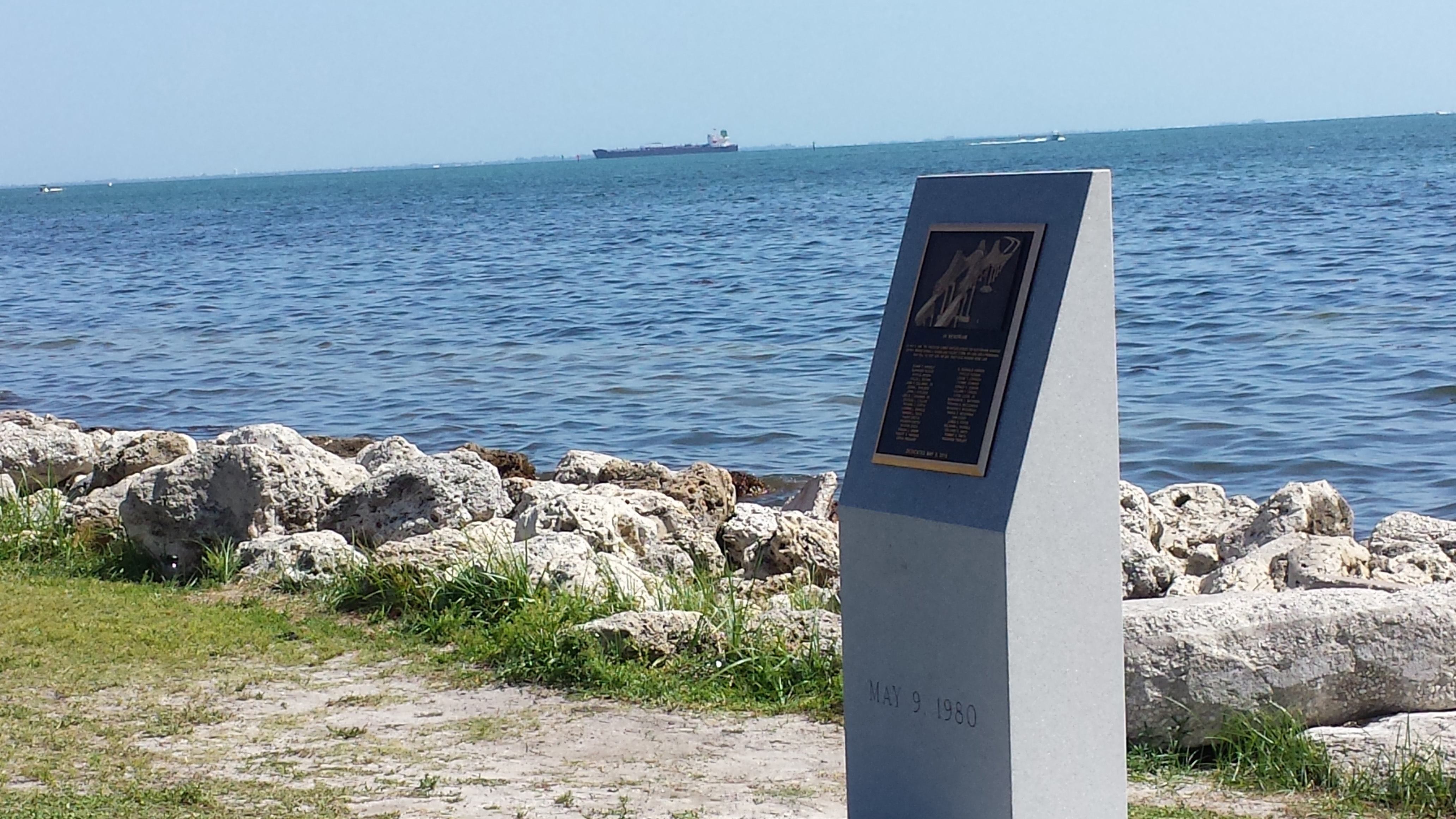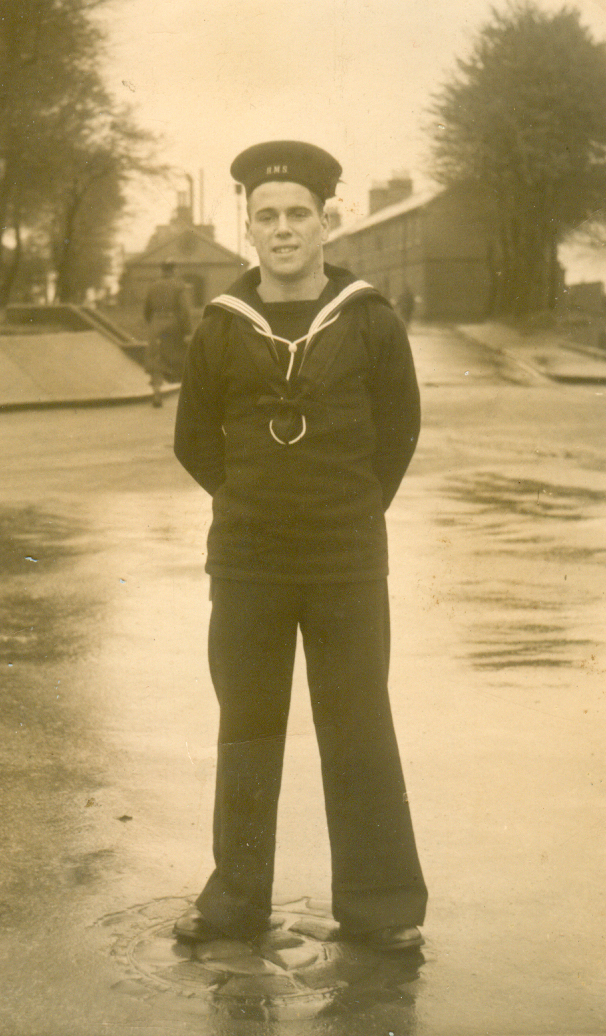May 9, 2020
In 1980, Reg Hudson was an employee at the Woolco department store in St. John's, overseeing draperies and blinds. His wife Phyllis was a stenography pool supervisor at Memorial University.
Their friend Myrtle Brown supervised workers at the Goodwill thrift store, and her husband Willis — known to most as Bill — was an automotive painter with Elm Mercury.
They flew together from St. John's 40 years ago for a vacation in Florida, and became casualties in what is still considered to be the most deadly ship-bridge collapse in world history.
They were killed when a freak weather event obscured the view of a freighter that collided with the Sunshine Skyway Bridge in Tampa Bay.

The two couples, all nearing 60, had travelled together to Florida before. The two families were intertwined in their deep faith and by family ties, when the Hudsons’ daughter married the Browns’ son.
“We all went to the same church and Janice’s father was actually a Sunday school teacher and he took me under his wing,” said Cliff Brown, who now lives in Mercer, PA, with his wife Janice Brown — formerly Janice Hudson.
“I sat in his class for many years, so my dad and Janice’s dad became fairly good friends.”
Cliff and Janice Brown and their three children — ages four, five and eight — were living in St. John’s when they received the devastating news. They had lost their parents and their in-laws in a bizarre accident, also taking away their grandchildren’s chance to learn about both sets of grandparents.
“Obviously we were numb … and how should I put this? To rate this on a scale of one to 10 would be meaningless,” Cliff Brown said.
“They were in their 50s, so they had a lot of living left to do in life and that was taken from them. I started feeling their pain and it started relieving my pain.”
Carl Hudson, Janice's younger brother, had heard of the terrible news from Florida but didn't connect it with his parents, as they had been in Miami.
Unaware that his parents had travelled to Tampa with the Browns, Carl Hudson the next day went to a wedding in Grand Falls-Windsor. He and his wife received the news during the wedding celebrations.
"When we got he call, it was difficult to grasp that it could have taken the lives of our parents," Hudson said.
Eventually reality set in when the identification of the passengers onboard the Greyhound bus were revealed.
Hudson, who was 28 at the time, and his pregnant wife were living in his parents' basement apartment.
"It was just eerie because, all of a sudden, they weren't coming back from their vacation," Hudson said.
An unforeseen event
The Hudsons and the Browns were on one Greyhound bus; their luggage was on another. Since the latter bus didn’t land in the water, the family were able to retrieve their belongings, including canisters of undeveloped film — and photos from their parents’ final trip.
At the same time their bus was riding over a section of the Sunshine Skyway Bridge in Tampa Bay, the 608-foot Summit Venture, a freighter coming into port for phosphate, became disoriented in a sudden, unforecasted storm.
“There was, what they later deduced, something called a microburst inside this squall. They hadn’t yet figured out what those things were yet in 1980. This one was of the deciding events,” said Bill DeYoung, journalist and author of Skyway: The True Story of Tampa Bay's Signature Bridge and the Man Who Brought It Down.
“It’s kind of like a mini-squall inside a moving squall, and it happened to be right over the Skyway Bridge and Summit Venture when it exploded.”
The storm obliterated the radar on the ship, DeYoung said, and hindered their ability to see the bridge.
The ship hit the second pier of the bridge on the western span, where traffic was heading south, and took down almost 1,300 feet of bridge. Eight vehicles and the Greyhound bus flew off the broken bridge and fell 150 feet.
Among the 35 dead were a 24-year-old mother and her six-month-old daughter, six university students on the way home for summer jobs, a 92-year-old woman, and the Browns and the Hudsons.

DeYoung, who grew up in St. Petersburg, was 22 years old when the tragedy happened. He left for college, became a journalist, and raised a family. But the events of May 9, 1980 never strayed far from his mind. And as a journalist, he was struck by the number of inconsistent reports about what happened.
He dedicated years to reviewing testimony from an inquiry into the tragedy, had conversations with coast guard officials and the copilot.
“It wasn’t his fault,” DeYoung said of the ship’s pilot. “It was the weather and in those days nobody could conceive something like this ever happening. This bridge — the one span had been there from 1954 — and there had never been any accidents. They were looking for a scapegoat.”
A community’s loss
The bodies of the four Newfoundlanders were recovered from the Tampa waters and were able to be returned home.
Four caskets lined the front of Elim Pentecostal Church for a funeral service for both families.
There was standing room only.
“To speak of the gap that they left, it would be mostly I think in their presence in the church but in their jobs as well,’ said Janice Brown.
“My parents were extremely involved in their church, Elim Pentecostal Tabernacle in St. John’s, and I doubt they’d missed three or four services in the 50 years of their adult lives, either one of them.”
Suddenly the women who worked in the steno pool group at Memorial University realized their detail-oriented supervisor wasn't coming back, Hudson added, and Woolco lost one of their most dedicated employees.

Willis Brown was born in Notre Dame Bay, and joined the Royal Navy during the Second World War. Once he returned home he learned how to paint cars, a trade he was known for right up until he died.
Myrtle Brown was born in the now-abandoned community of St. Joan’s Without in Trinity Bay. She was a domestic in St. John’s, where she met her husband. She later worked in the Goodwill Centre as a supervisor.
Their only child, Cliff, remembers Myrtle for her cooking and ability to find a solution for just about everything.
“If I had a cold, if I had something wrong with me, if I had a cut, she would have home remedies and I would say, ‘OK, I guess she knows what she’s doing,’” Cliff Brown said with a laugh.
His father was skilled with his hands, and loved to go trout fishing, something he passed on to his son.

Both Reg and Phyllis Hudson grew up in St. John’s and had an affinity for gardening.
“One very early memory from early life was my father singing to me at bedtime and one of the things he sang to me that I’ve never forgotten was the hymn Leaning on the Everlasting Arms, and in later experiences of difficult times, obviously that memory meant a lot to me,” Janice Brown said.
The Browns are saddened that their children lost the opportunity to grow up with their grandparents, though they have learned values through the ways their own parents were raised.
“The town lost four decent people who had passed on a Godly heritage, and they were grassroots people, people who were middle-class, like most people in St. John’s at that time,” said Cliff Brown.
Changing course
The premature deaths of their parents left Janice and Cliff Brown rethinking the rest of their own lives.
Earlier in their marriage, Janice and Cliff considered serving overseas in a humanitarian capacity as missionaries but were hesitant to pull up stakes and move their children away from their grandparents.
“When this happened, we began to rethink that and took some steps to visit some conferences and it eventually led to us going overseas,” Cliff Brown said.
The Browns moved to Papua New Guinea in the southwestern Pacific — a life change that may not have happened had it not been for the tragic accident that took their parents.
They worked as teachers and for a Bible translation company for seven years. Their children grew up immersed in other cultures.
“Our children grew up with us in the school we were teaching in and it shaped their lives in tremendous ways, in invaluable ways,” Cliff Brown said.
“I’ll brag here, they turned out pretty good — it helped to shape their view of the world and appreciate what we have in North America.”

The accident also forced them to question God: Why did it happen? Why did it happen to two couples devoted to God?
“I feel like coping with grief, especially very intensely in the first years, caused me to think a lot about coping with extreme emotions,” Janice said.
“Some people think that when you’re a victim of great suffering you just endure and you have to be passive but I think there’s also a choice to be made in every situation.”
Having been brought up in a faith that understands the spiritual value of suffering and certainty in the afterlife were key pieces in coping with what happened, Janice Brown said.
“How then can God not protect us from a horrible thing such as this? I don't think this question is invalid but I think we need to accept that we can’t fully answer it,” she said.
“There is good and bad in the world.”
Carl Hudson said he has a more mature understanding of death, and that there are many things in life you cannot understand.
Like his sister, Hudson contended with larger, theologic questions that were, in many cases, unanswereable.
"It seemed to be a senseless tragedy, a pointless tragedy," he said.
"I really accept that many tragedies have nothing to do with causation by God, but that he can do amazing things out of a disaster."
A mark of history and remembrance
While researching for his book, Bill DeYoung went searching for a monument that never was.
“The State of Florida didn’t really want people to think about it too much,” DeYoung said, so he took it upon himself to raise the money for a monument.
After six months of cutting through red tape, DeYoung was given the green light.
Today a granite marker and bronze plaque bear the names of the dead, a half-mile from the actual site of the accident.
A new four-lane cable-stay bridge was rebuilt in 1987 and engineers made sure it had all the proper safety measures, including bumpers on the legs of the bridge to avoid another ship disaster.
The family has not visited the monument. They are unsure if they ever will.
"I often reflect that I outlived my parents, my sister as well," Hudson said. "You reflect on the fact that there is no quarantees in this life."
"The immediacy of the moment is all the more precious ... you think, what is your legacy?"
The Hudsons and Browns, their children say, left a legacy of warmth, kindness and faith.
On today, the anniversary of their parents’ deaths, they will do as they usually do each day by remembering the lives lived, not lost.
